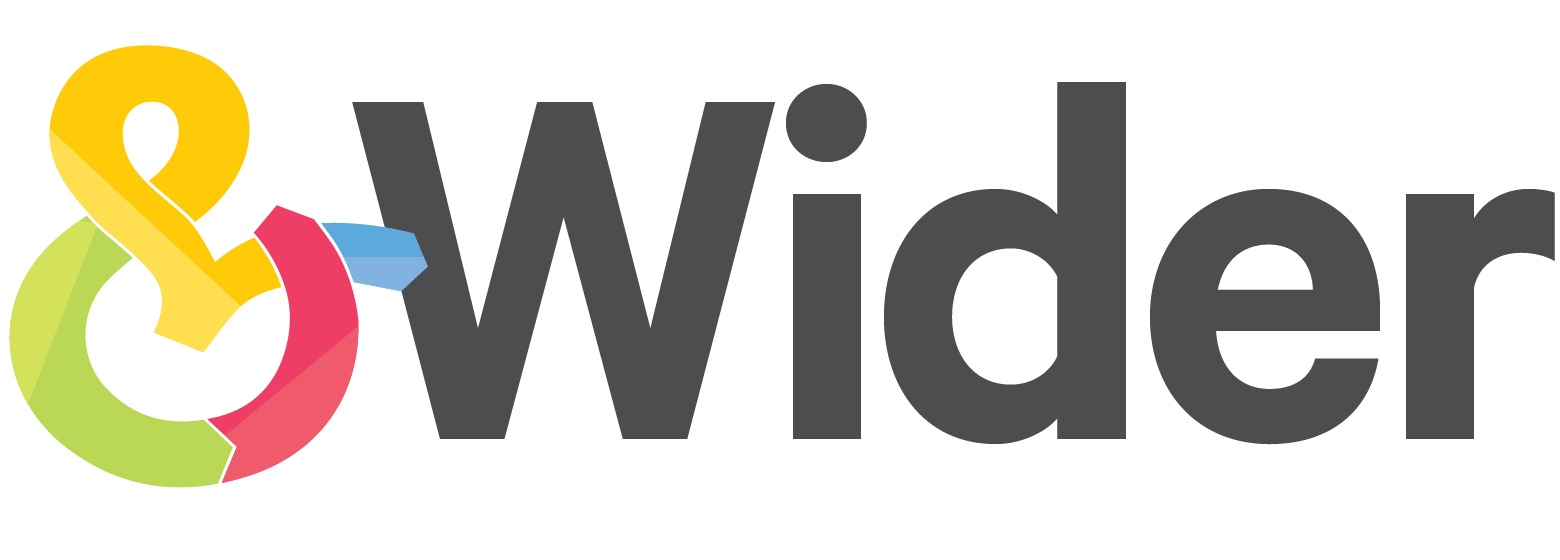Navigating Human Rights Impact: 3 Strategies for Effective Response
In our previous blog, we explored strategies to gain supplier buy-in for human rights due diligence programs. Now, we're diving deeper into our approach to supporting our clients in understanding and responding to their results.
As a provider of human rights data, we understand the pivotal role that data plays in driving brands' human rights due diligence programs and fostering continuous improvement across global supply chains. With due diligence laws mandating brands to uphold ethical practices in their supply chains, and growing consumer demand for sustainability and accountability, the need for real-time insights has never been more crucial.
As the implementation team, we're the driving force behind deploying our worker engagement tool to worksites worldwide. But, our mission doesn't stop at simply hitting 'play' on surveys and collecting data. We're all about empowering our clients to harness the full potential of their results because when they can navigate their data effectively, that's when real change happens.
The &Wider dashboards use a traffic light system to easily analyse worker insights.
At the heart of our support strategy are our dashboards. Designed with site managers, and sustainability and procurement professionals in mind, our worker monitoring tool is the first port of call for identifying, measuring, and celebrating improvements in both your own and your supplier's worksites. The results from our data offer them a unique opportunity to explore where improvements have been made, and which priority areas to target.
The first step in harnessing the power of worker feedback is by navigating to and understanding our dashboards. We start with a map, where worksites show up as green, amber or red pins, offering a clear overview for easy comparison. From this bird's-eye view, site managers can seamlessly delve deeper into the specifics of workers' responses to our questions.
These dashboards enable you to pinpoint areas of focus and uncover patterns that demand attention. However, navigating through the data landscape can sometimes pose challenges, presenting scenarios that require nuanced interpretation. That's where our tailored assistance comes in, ensuring you're equipped to navigate through any complexities with confidence
Scenario 1: Mixed Results with No Dire Priorities
Sometimes, worker feedback can be a mixed bag, reflected in our dashboards as a significant number of amber responses. In this case, we sift through the feedback provided by workers alongside our clients, helping them appreciate their candid insights. Our dashboards feature demographic filters, allowing site managers to compare the experiences of different categories or subgroups of workers on-site. By leveraging these filters, we assist clients in identifying underlying patterns that demand attention.
Scenario 2: Clear High Priorities
Here's a scenario where a particular issue has been flagged by 50% or more of the workforce. When such clear priorities emerge consistently over multiple survey cycles, it's time to swing into action. Taking prompt action is crucial, as merely collecting worker feedback without addressing their needs can diminish the value of direct worker engagement. By providing feedback to workers and demonstrating even modest actions based on survey findings, you significantly boost the likelihood of increased response rates in subsequent survey cycles.
When faced with identified issues, it's essential to assess if adequate management systems are in place at the site to address these concerns. This assessment sets the stage for determining the next steps to improve the situation. At the core of our methodology lies a commitment to recognising and celebrating progress. In scenarios where issues are identified, we prioritise celebrating achievements and fostering strategic planning to sustain improvements effectively.
Scenario 3: High Green Results
While overwhelmingly positive results may initially seem promising, they can also signal a repressive work environment where workers may feel pressured to withhold honest feedback. In such cases, fostering transparency and visibility becomes paramount. Our approach involves engaging in conversations with suppliers to ensure accurate interpretation of results and delicate handling of sensitive issues. We advocate for quick wins, such as reviewing existing policies and practices surrounding critical issues like grievance mechanisms, while also continuously monitoring sensitive areas for gradual improvement. This approach cultivates a culture where workers feel empowered to provide candid feedback without fear of reprisal.
Our worker monitoring tool is designed specifically to help sustainability and procurement professionals to identify, measure and celebrate whatever improvements are made in their and their supplier’s work sites
Data Alone Does Not Drive Change
At &Wider, we firmly believe that meaningful change stems from a combination of accurate, anonymous data directly from workers and tailored support for clients to confidently navigate their results. This collaborative effort allows site managers, sustainability professionals, and procurement specialists to identify priorities and address adverse human rights impacts, fostering a journey of continuous improvement and positive impact across global supply chains.



